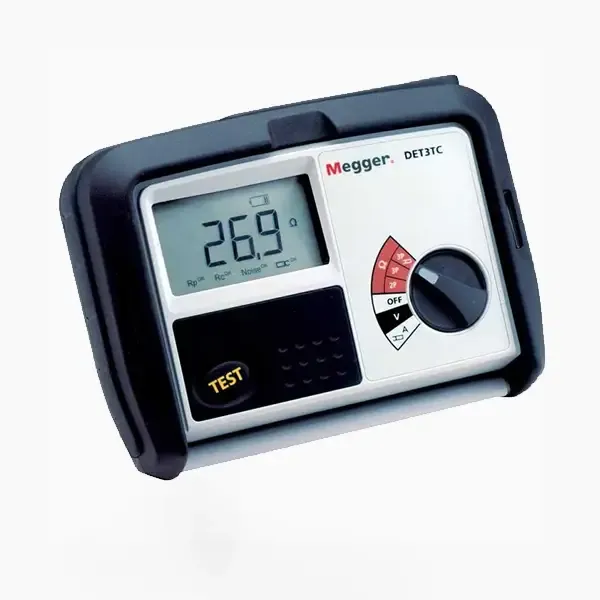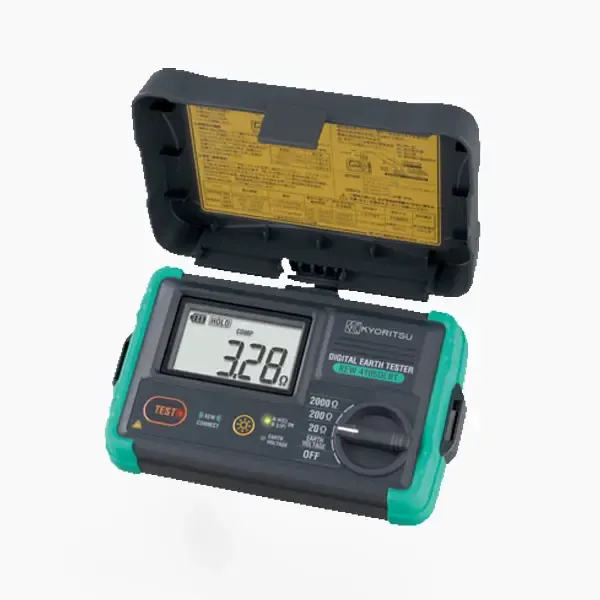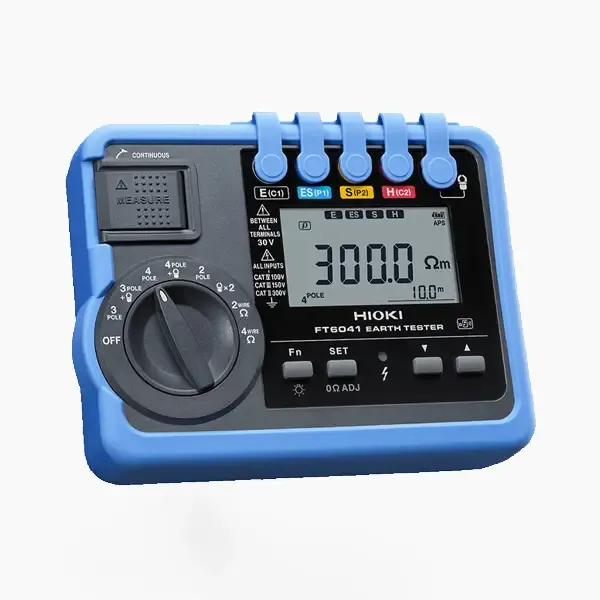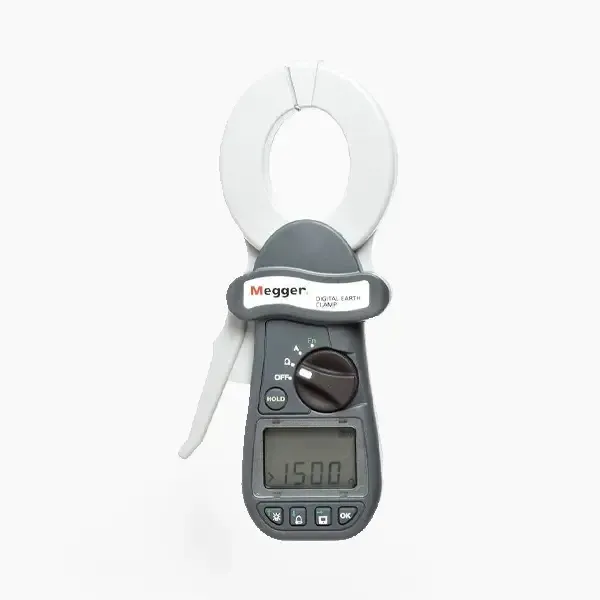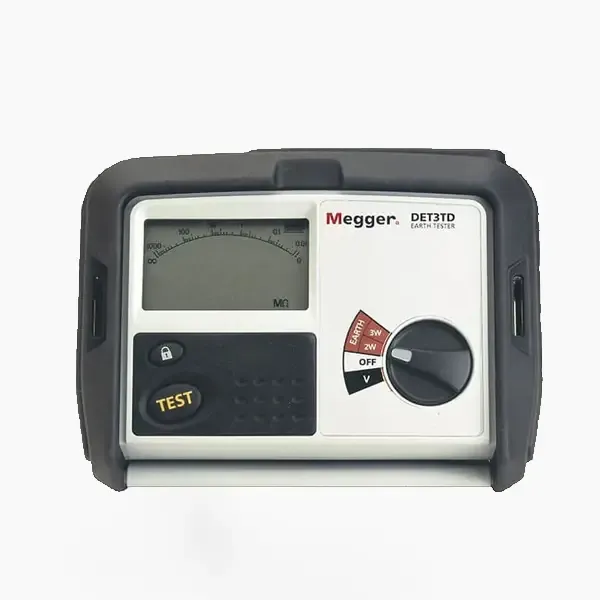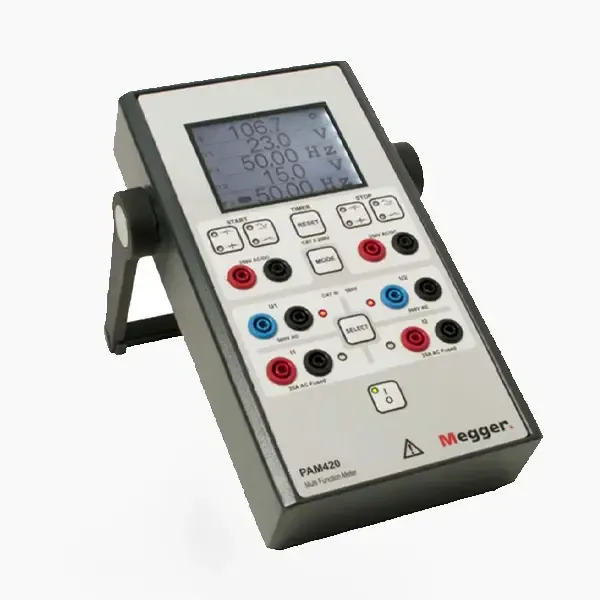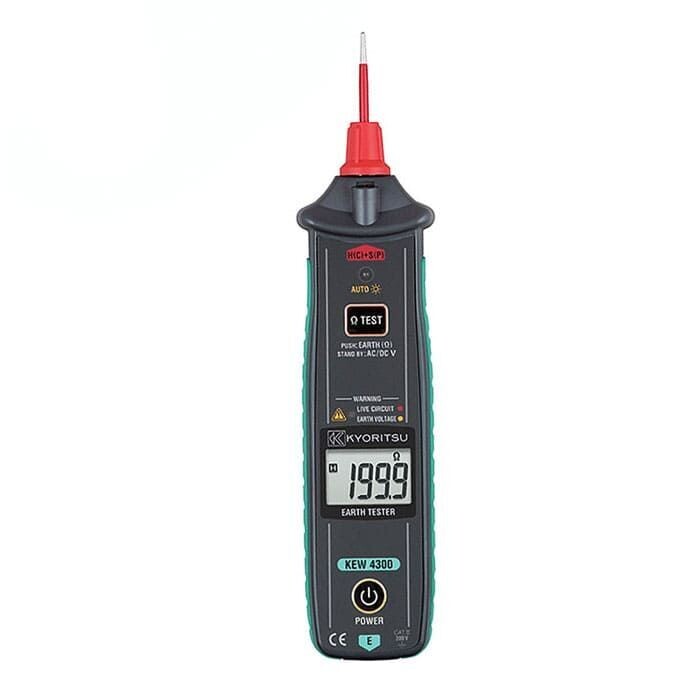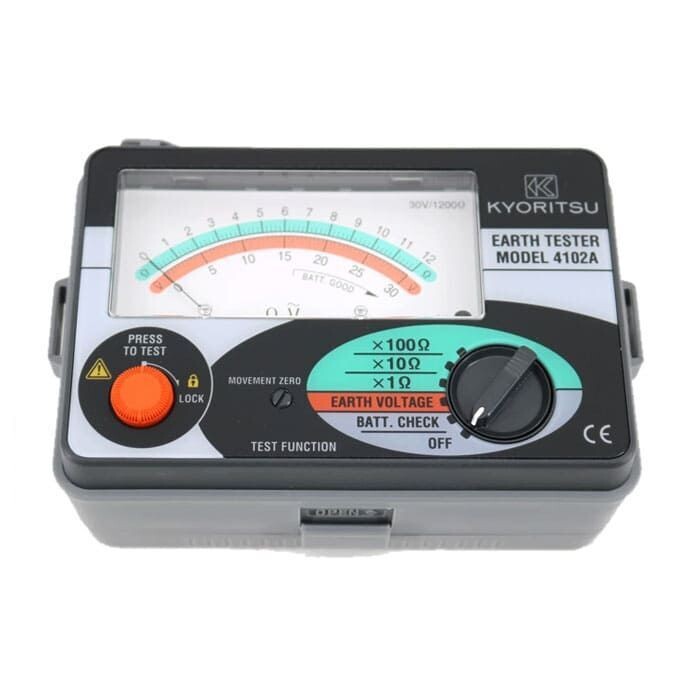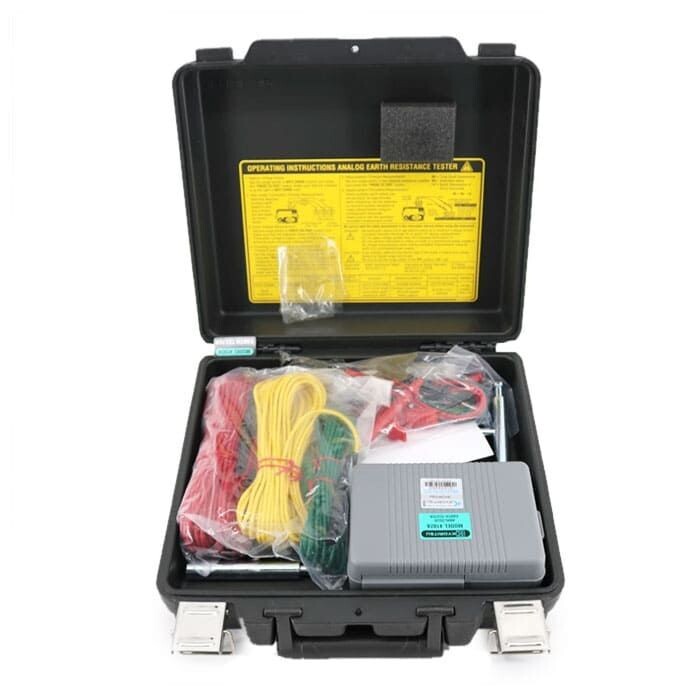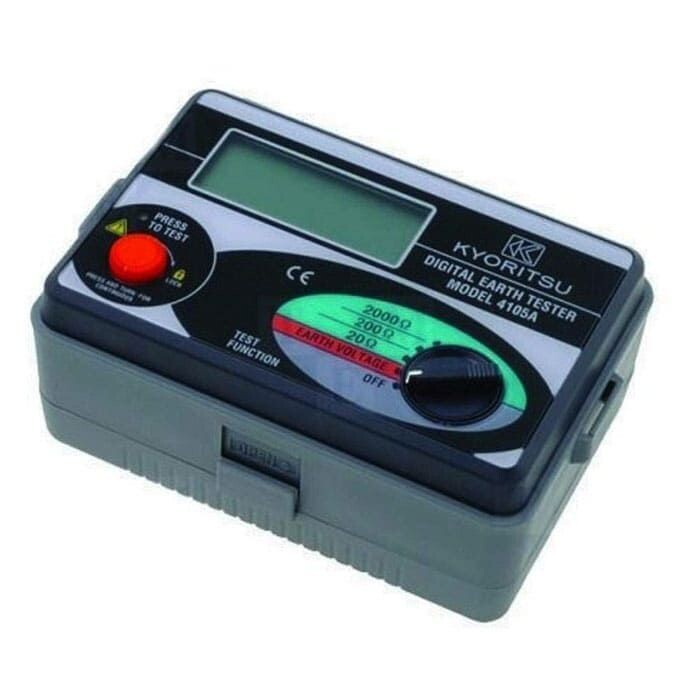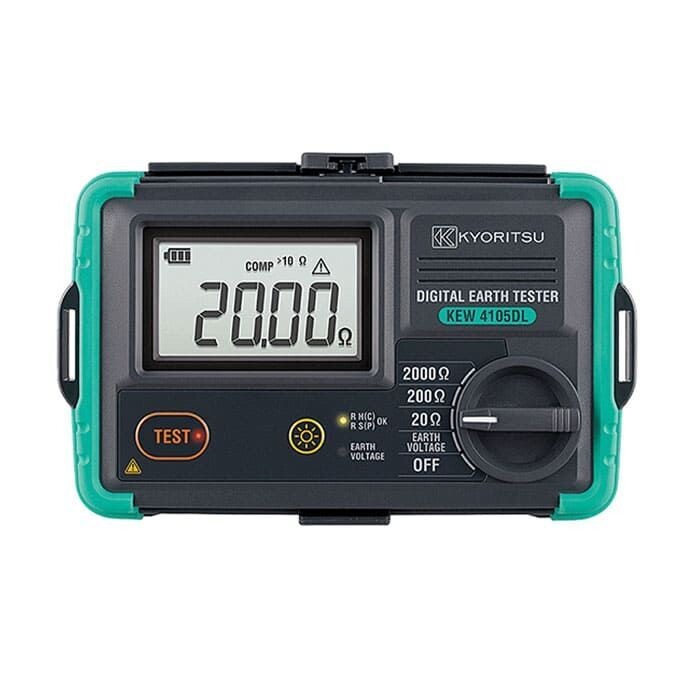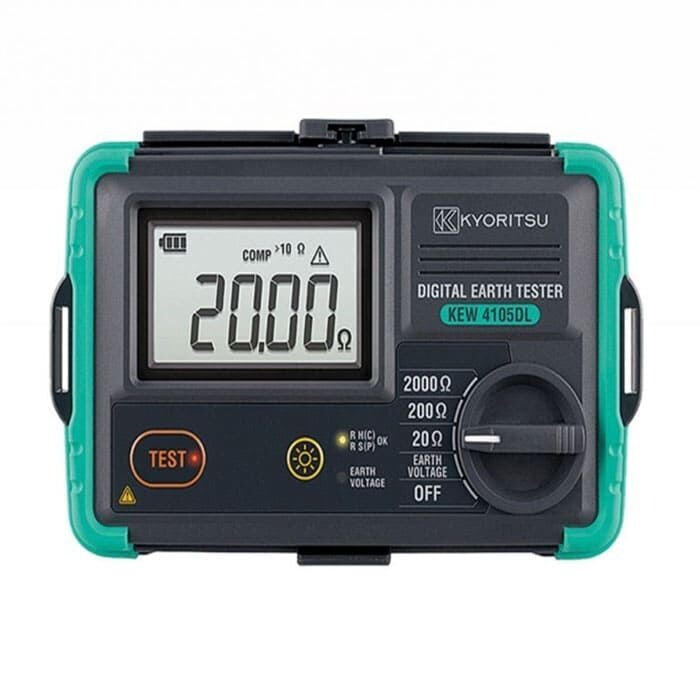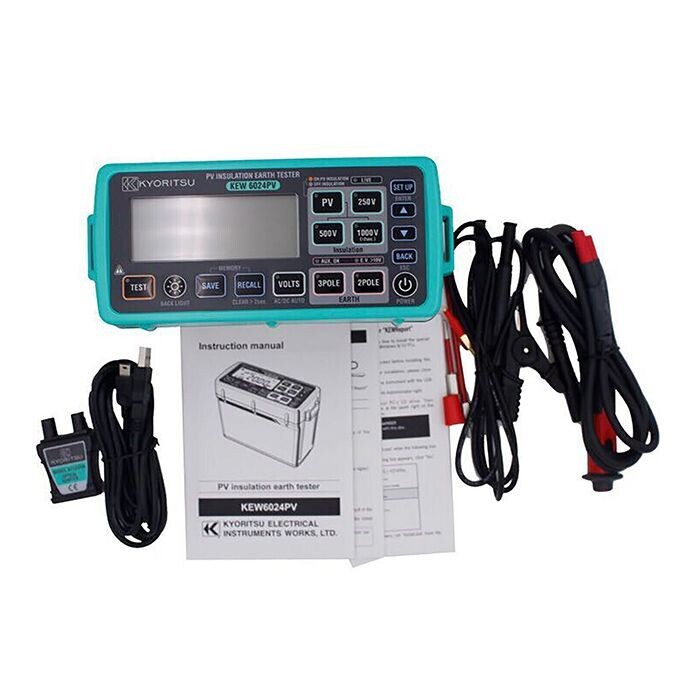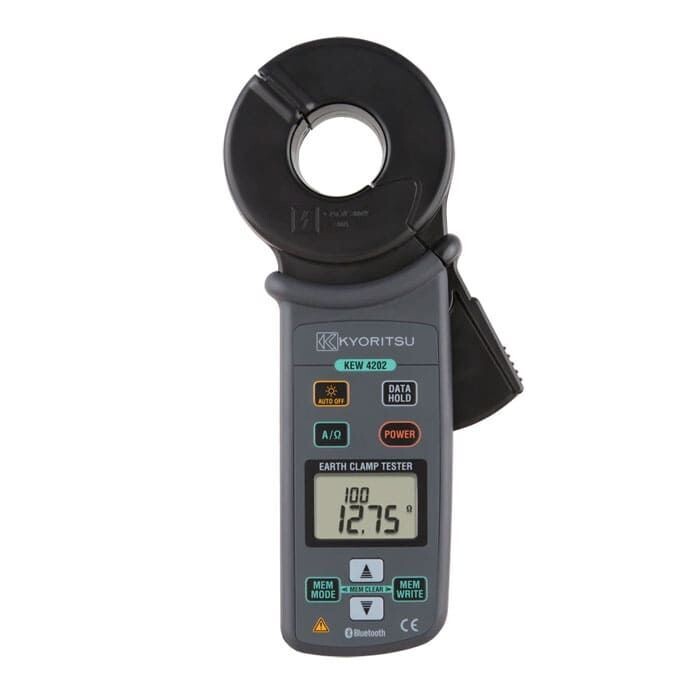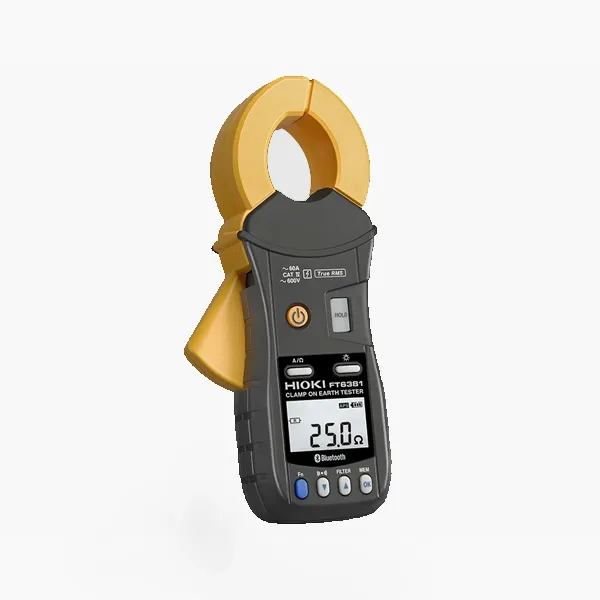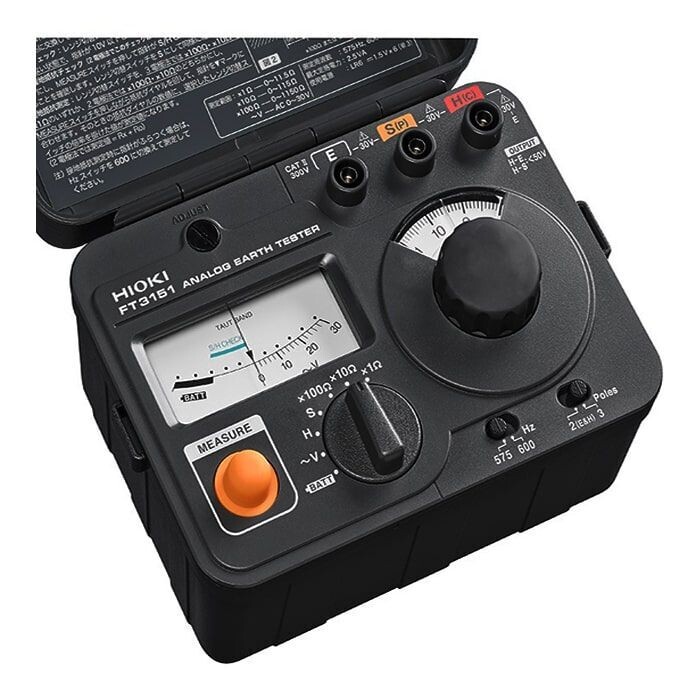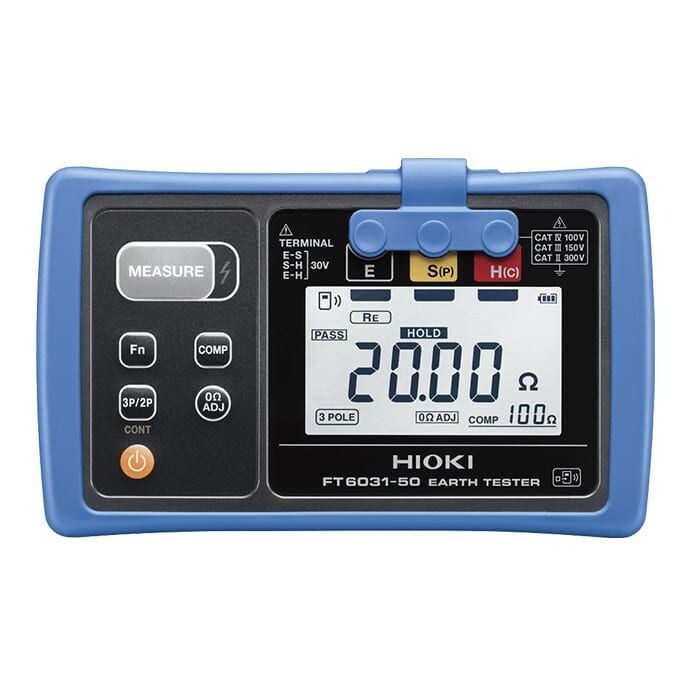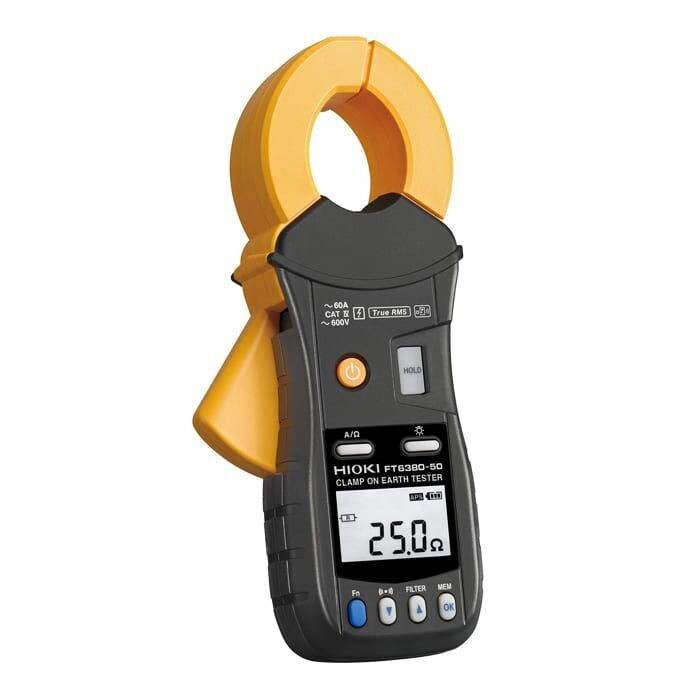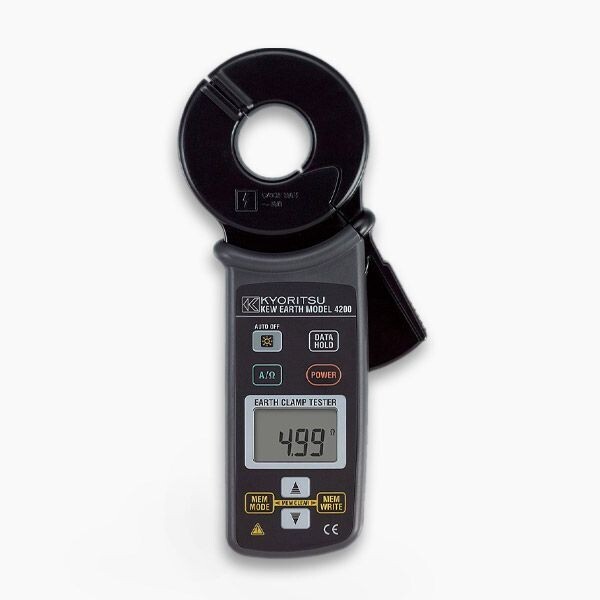Earth Resistance Testers
Earth Resistance Testers: Ensuring Electrical Safety
Earth resistance testers, also known as ground resistance testers, are invaluable tools in the field of electrical engineering and safety. They play a critical role in ensuring the safety and reliability of electrical systems, helping to prevent electrical accidents and damage to equipment. In this article, we will explore earth resistance testers, their principles of operation, types, applications, advantages, and how to use them effectively.
Understanding Earth Resistance Testing
Earth resistance testing is a fundamental aspect of electrical safety and grounding systems. It involves measuring the electrical resistance between an electrical system or device and the earth (ground). This measurement is essential because it helps determine if the grounding system is functioning effectively, ensuring that fault currents are safely dissipated into the ground.
Read More
Types of Earth Resistance Testers
There are several types of earth resistance testers available, each with its own set of features and applications. Some common types include:
1. Fall-of-Potential Testers:
- These testers use traditional ground stakes and measure the voltage drop across the ground while applying a known current. They are widely used for accurate and comprehensive testing.
2. Clamp-On Earth Testers:
- Clamp-on testers are non-invasive and use a clamp-like sensor to measure ground resistance without driving stakes into the ground. They are suitable for quick measurements and are less disruptive.
3. Four-Terminal Earth Resistance Testers:
- These testers offer high accuracy by using separate terminals for current injection and voltage measurement. They are often employed in precise applications.
Applications of Earth Resistance Testers
Earth resistance testers find applications in various industries and scenarios, including:
1. Electrical Grounding Systems:
- Testing the effectiveness of grounding systems in residential, commercial, and industrial buildings.
2. Lightning Protection Systems:
- Ensuring that lightning protection systems are grounded effectively to prevent damage to structures and equipment.
3. Telecommunications Towers:
- Grounding systems for telecom towers rely on earth resistance testing to ensure signal integrity and lightning protection.
4. Substations and Power Plants:
- In substations and power plants, earth resistance testing is essential for the safety and reliability of high-voltage equipment.
Conclusion
Earth resistance testers are essential tools in the field of electrical safety and grounding. They help ensure the effectiveness of grounding systems, prevent electrical hazards, protect equipment, and ensure compliance with safety standards. Regular earth resistance testing is a crucial part of electrical maintenance and contributes significantly to the safety and reliability of electrical systems.
Teken in op ons
nuusbrief
Kontak ons
Kategorieë
Kontak inligting
00971 (04) 447 6031
Deira Creek, Radisson Blu Hotel, Plaza Bldg, 4de, 403 - Dubai VAE
Uazon is een van die subversamelings van die mme-ae.com
Retourbeleid
Privaatheidsbeleid




